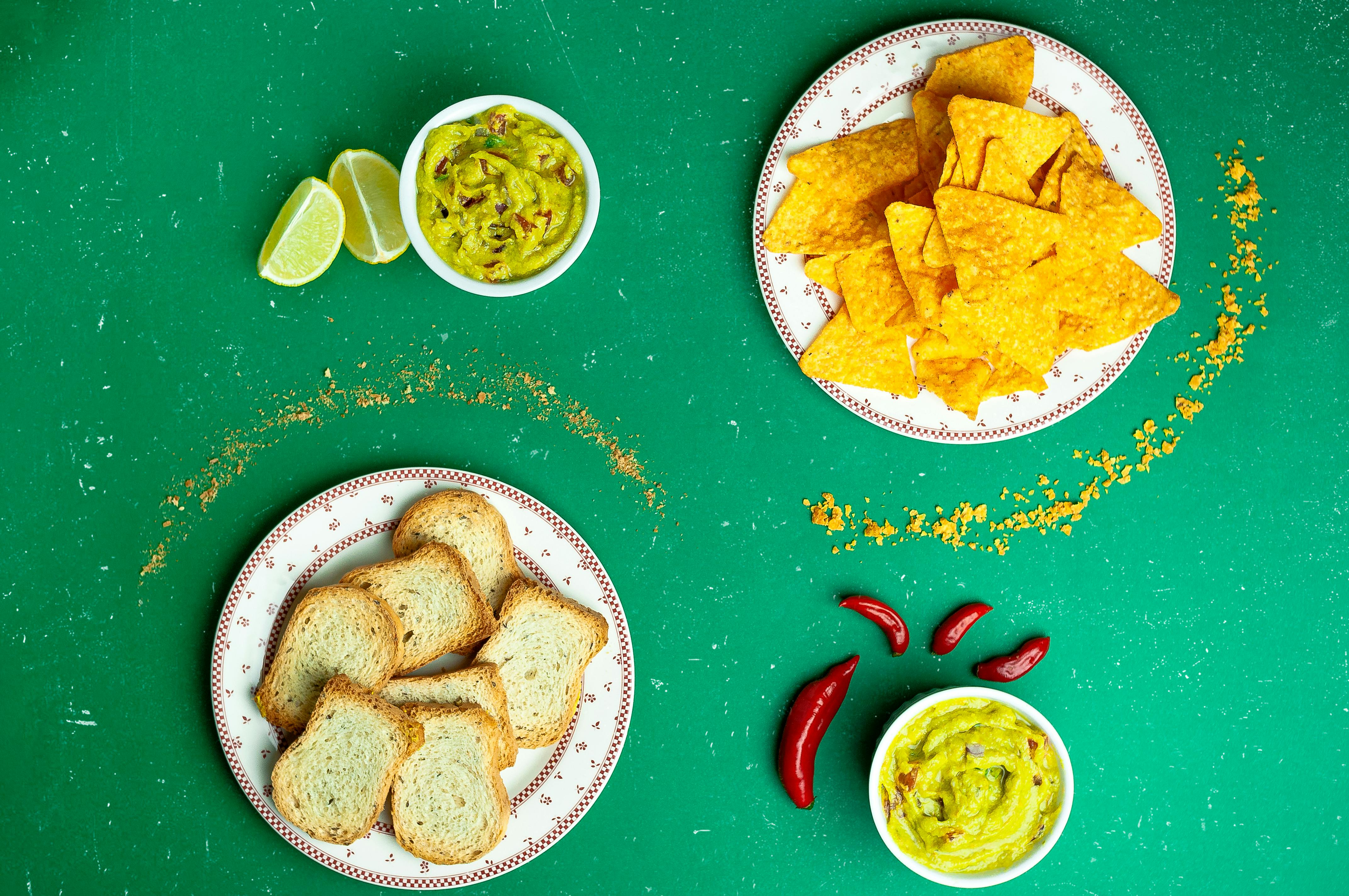
A look at four different types of cooktops
There are four main types of plates that you can have for your kitchen and these are gas, electric, glass ceramic and induction. Each of these types of plates has its advantages and disadvantages, which are worth knowing before you go shopping.
Of all cooktops, induction cooktops have the most technological advances and are known for having the highest performance capabilities. These plates use a very particular cooking method that allows great speed and accuracy.
Induction cooktops feature field system windings below each heat source and the required heat is only transmitted to the exact dimensions of a pot’s metal surface. These cooktops only work with pot materials that can adapt to their ferromagnetic fields, for example those made of cast iron, cast iron or those equipped with ferromagnetic discs. Therefore, glass, aluminum or copper pots cannot work with these plates. Raising or lowering the cooking temperature is more instantaneous and precise, even much more than on gas hobs; in a second you can literally go from low heat to intense heat.
These stoves provide greater safety when cooking as the chances of getting burned are virtually impossible and in the event of a spill or overheating most of these stoves will activate their locks and stop systems automatically. Heat generation is automatically cut off immediately when a pan is lifted off the burner. Induction hobs make cleaning easy, since liquids or food cannot become embedded on the surface; daily cleaning with a sponge should suffice.
Ceramic hobs have hob elements that have radiant or halogen sources that produce cooking heat by radiation and by the production of consecutive pulses respectively, the latter being more powerful. Compared to other hobs, its cooking performance is lower than induction or gas hobs, but higher than electric hobs. Ceramic hobs equipped with halogen sources reach higher temperatures much faster and are therefore best for slow cooking; however, you should be aware that they take a long time to fully cool down.
Most of these hob models are equipped with thermal safety systems for your protection. They have an automatic function that turns off the hob after a few hours in case you forget to do it yourself. Also present is a residual heat indicator to show you that the surface is still hot and an overheat system that limits the plate temperature to 30°C. Cleaning these cooktops is also easy; often enough to clean them with a sponge.
Electric cooktops have cast iron surfaces that provide great solidity when cooking, but inconvenient heating and cooling delays due to the low conductivity of this type of metal. For this reason, electric plates are considered the least appropriate heat sources for elaborate and rapid cooking. These cooking plates do not have timers or safety systems in case of spills or overheating. Cleaning them up can be quite a problem in case of encrusted food spills; the only recourse in such cases is to scrub them intensively.
Gas hobs are kitchen favorites thanks to their high performance and ease of use. Modern models feature built-in lighting control for easy cooking and other controls that instantly change cooking temperatures, facilitating elaborate cooking through simple temperature variations. A timer may also be present and this cuts off the gas supply after a programmed cooking time elapses.
Most gas cooktops are equipped with a thermocouple safety system that stops the flow of gas when a flame goes out; this is essential to ensure the safety and protection of the environment of the building in which the kitchen is located.
One drawback is that cleaning them can be quite labor intensive, since it involves working on the grates, the bottoms of the plates, and the burners. Using a strong but appropriate cleaning product will help treat baked-on residue.